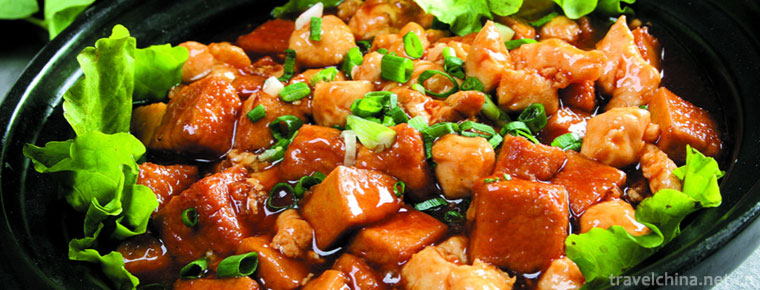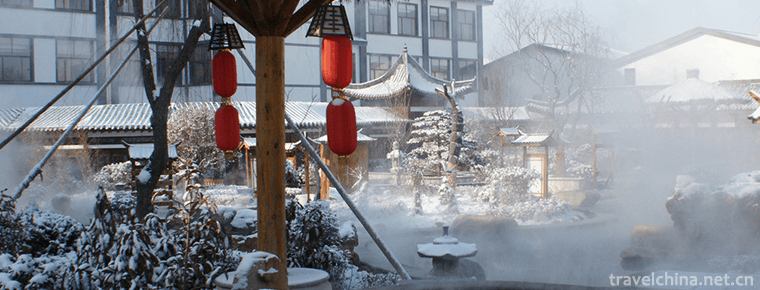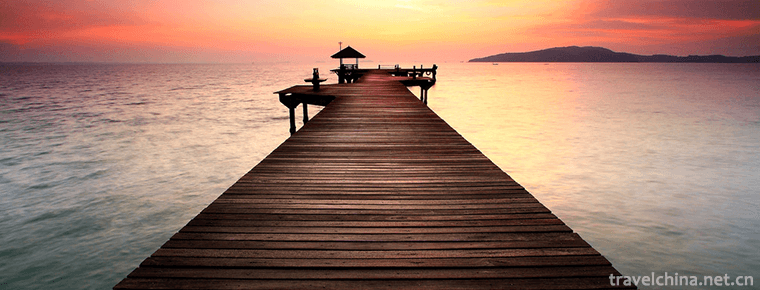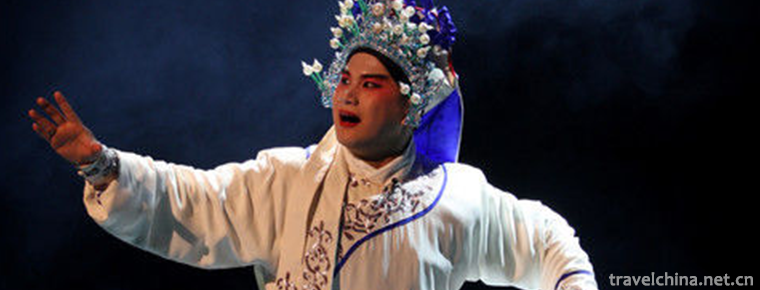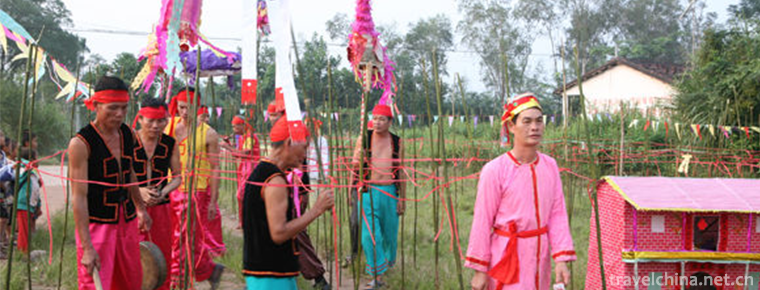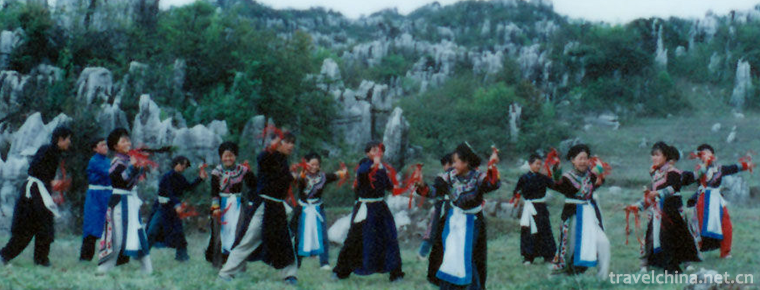Anguo City
Anguo City
Anguo City, formerly known as Qizhou, is now the jurisdiction area of Baoding City, Hebei Province, 100 kilometers south of Shijiazhuang, the provincial capital. As early as the Northern Song Dynasty, more than 700 years ago, it became a famous distribution center of Chinese medicinal materials. Daoguang reached its peak in the Qing Dynasty, calling Qizhou "Yaozhou", "Yadu", "the world's first drug market", known as "herbal to Qizhou prescription medicine. The theory that medicine is incensed when it comes to Anguo enjoys the reputation of "Qizhou Medicinal Material is famous all over the world".
On May 20, 2006, Anguo Pharmaceutical City was approved by the State Council to be included in the first batch of national intangible cultural heritage list.
Historical origin
The prosperity of Anguo Pharmaceutical City originated from Yao Wang Temple. Anyone who participates in the Pharmaceutical Market must visit and visit the Pharmaceutical King Temple. Located in the south of Anguo City (formerly Nanguan), Anguo Pharmaceutical King Temple is the largest ancient architectural complex in China to commemorate medical saints of past dynasties.
Pi Tong, the medicine King sacrificed in the Temple of Pharmaceutical King, was one of the 28-year-old generals of Liu Xiu, the founding emperor of the Eastern Han Dynasty. He once wrote Taishou, a county in Quyang (now Jinzhou City, Hebei Province). Zou Tong assisted Liu Xiu to fight the world. He was loyal and genuine. He was good at literature, military skills and medical science. He was an official from Taichang Shaofu (equivalent to the prime minister). He was a clean official who helped save the world and loved the people at that time. He was known as the "King of Medicine" and was buried in Nanguan, Anguo, after his death. The local people built the Yao Wang Temple in memory of him.
In 1958, the Yao Wang Temple was renovated and its appearance was renewed. Yao Wang Temple has been listed as a national key cultural relic protection unit. Anguo Pharmaceutical City is not only a folk culture with regional and industrial characteristics, but also plays an active role in promoting the development of pharmaceutical industry and social progress.
Architectural age
Anguo Pharmaceutical King Temple was built in the Eastern Han Dynasty and worshipped Zou Tong, one of the 28 generals of Liu Xiu, Emperor Guangwu of the Eastern Han Dynasty. Since the Xianchun period of the Southern Song Dynasty, the Anguo Pharmaceutical City has a history of more than 700 years. The temple fair "Spring, Five Autumn and Seven Autumn" says that the temple is five months old and the temple is seven months old. The Spring Temple is on the 28th of April in the lunar calendar. It is said that this day is the birthday of King Yao, so it has become the most prosperous day of the Spring Temple. The winter temple is held on October 15 of the lunar calendar. It is said that this day is the sacrificial day for the King of Medicine. The grand occasion is the same as that of the spring temple.
Visit etiquette
Pharmaceutical City Temple Fair has its unique worship etiquette, including acting, offering sacrifices, offering tripod, umbrella, golden statue, plaque hanging, robe donation, land donation, labor and other forms. Etiquette is divided into three worship nine kowtows and four kowtows, and other kinds of ceremonies for pasta, three animal sacrifices. In the meantime, there are also rich and colorful recreational activities.
Main activities
Yao Wang Temple
Yao Wang Temple is divided into three courtyards, covering an area of 3200 square meters. There are thirteen single buildings including Ma Dian, Yao Wang Tomb Pavilion, Main Hall, Back Hall, Famous Medical Hall, Stele House, Bell and Drum Tower. In the middle of the gate hangs a giant plaque of "Yao Wang Temple" written by Prime Minister Liu Yu during the reign of Qianlong in the Qing Dynasty. In the tomb Pavilion of the Chinese Academy of Sciences, a 3.8-metre-high carved wooden tablet is inscribed on the tomb of Ming Ling Zhao Hui Xian You King. The halls of famous doctors on both sides are sculpted with ten famous medical statues in Chinese history. In the temple, there are many steles and frescoes. The halls are covered with plaques written by celebrities of past dynasties and associations of pharmacists from all over the country. The wooden archway in front of the temple is 8.4 meters high and is the top of three and four couplets halls. It is a treasure of wooden archway in China with exquisite craftsmanship.
Temple Fair
In the Northern Song Dynasty, the Yao Wang Temple was newly built and held a memorial meeting. In the six years of Xianchun in the Southern Song Dynasty (1270 A.D.), it was added as "King Zhaohui of Ming Ling". With the emperor's continuous bestowal on Zou Tong, the influence of "Pharmaceutical King" has become greater and greater. Since the temple offered sacrifices to Yao Wang, the general public has resorted to Yao Wang, good men and women, often come to fragrance, incense is very strong, pharmacists take the opportunity to sell medicine, and gradually formed a temple fair every April 28 of the lunar calendar.
Material Exchange
The temple fair gradually formed a material exchange meeting centered on pharmacy industry from incense and fire fair. With the growing popularity of Yao Wang Temple Fair, the regulations of medicinal materials trading
In the mid-Qing Dynasty, the "Thirteen Gangs" and the "Five Congresses" of drug dealers from all over the country were gradually formed. At the same time, the "Anhaitang Hall" for entertaining merchants and managing the market was established. Since then, Anguo has become the largest drug exchange center and distribution center in northern China. From the Ming and Qing Dynasties to the Republic of China, temple fairs were run by the "Thirteen Gangs" in turn. Every year, on the first and fifteenth day of the first and fifteenth day of the year, temples were offered sacrifices. Every temple fair, the whole county is fumigated with medicinal gas. It is very lively. The titles of "Yaozhou" and "Yaodu" are also well known at home and abroad.
Yaowang Temple has three most important buildings in the country: one is the largest Yaowang Temple complex in the country; the other is that Yaowang Tomb is unique in the country; the third is that there are two iron flagpoles standing on the square outside the temple, up to 24 meters high, each weighing about 15 tons, Panlong Xiangfeng, hanging bells in a suspension, and the shape is exquisite and unique, which is rare in China.
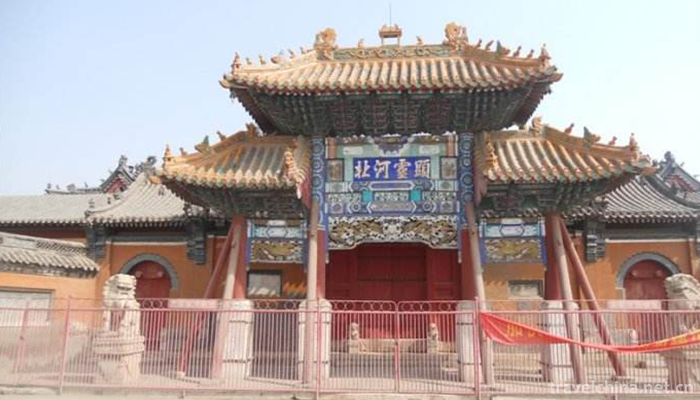
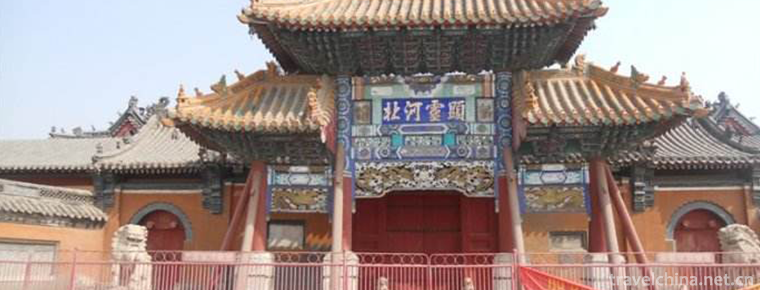
Anguo City
-
Kung Pao Chicken
Kung pao chicken is a famous traditional Chinese and western famous dish
Views: 243 Time 2018-10-12 -
Shandong Zhisheng Tangquan Tourist Resort
Shandong Zhisheng Tangquan Tourist Resort is located in Linyi City, Shandong Province. It is invested and constructed by Shandong Chenshi Home Estate Co., Ltd.
Views: 433 Time 2019-02-08 -
Songhua Lake Scenic Area
Songhua Lake Scenic Spot is a famous tourist attraction in Jilin Province. It is a national AAAA level scenic spot (AAAAA is being declared). Located in the southern suburb of Fengman District
Views: 128 Time 2019-02-13 -
Zhanqiao
Qingdao Trestle Bridge is one of the scenic spots of Qingdao Seaside Scenic Spot. It is the first national scenic spot announced by the State Council in 1982, and also the first national AAAA-level sc
Views: 158 Time 2019-03-09 -
Jiangxi opera
Gan Opera is a traditional opera which sings high-pitched, random-play, Kun Opera and other tunes in a multi-tone way. The dialect used is Gan dialect. Its origin and predecessor
Views: 112 Time 2019-04-30 -
Ancient dance Lao Gu dance
Ancient dance, the meaning of "breaking through the barrier" in Li language, is called "ancestor-telling" in ancient books. The ancestor worship originated from the primitive socie
Views: 155 Time 2019-05-11 -
A tune of mountain climbing
Mountain climbing tune, also known as mountain climbing song and mountain song, is a traditional short-tune folk song popular in the agricultural and semi-agricultural and semi-pastoral areas of centr
Views: 214 Time 2019-06-08 -
Ring Dance of Yi Nationality
Ling Dance of the Yi Nationality, to be known as foot-jumping, is called "Qi He Zhe" in the Yi language, which means the spiritual farewell dance. It is a traditional folk dance performed an
Views: 148 Time 2019-07-12 -
Rongxian Gaoshiti Forest Park
The landform of Gaoshiti Forest Park is peculiar, with boulders, odd peaks, valleys and streams forming a typical natural landscape of low mountain landform in southern Sichuan. Gaoshiti Forest Park covers a total area of 182.13 hectares. It was approved as a provincial forest park by the provincial forestry department in 1993.
Views: 180 Time 2020-10-15 -
Muli Temple
Muli temple is a key cultural relics protection unit in Sichuan Province. It is located at the foot of daniyabu mountain, youyidian village, Taoba Township, Muli Tibetan Autonomous County. It is more than 300 kilometers away from Xichang City
Views: 296 Time 2020-10-16 -
Introduction to Chinese embroidery
Embroidery, known as needle embroidery in ancient times, is a kind of technology that uses embroidery needle to guide color thread, embroiders the designed patterns on textiles, and forms patterns with embroidery traces. In ancient times, it was called "Juju" and "pinju".
Views: 121 Time 2020-12-12 -
Luzhou natural resources
The total amount of water resources in Luzhou is 6.657 billion cubic meters per year. The groundwater reserves are rich, reaching 1.065 billion cubic meters per year, among which Xuyong and Gulin counties in the south are the richest. The structural fissure water in the south
Views: 362 Time 2020-12-14
